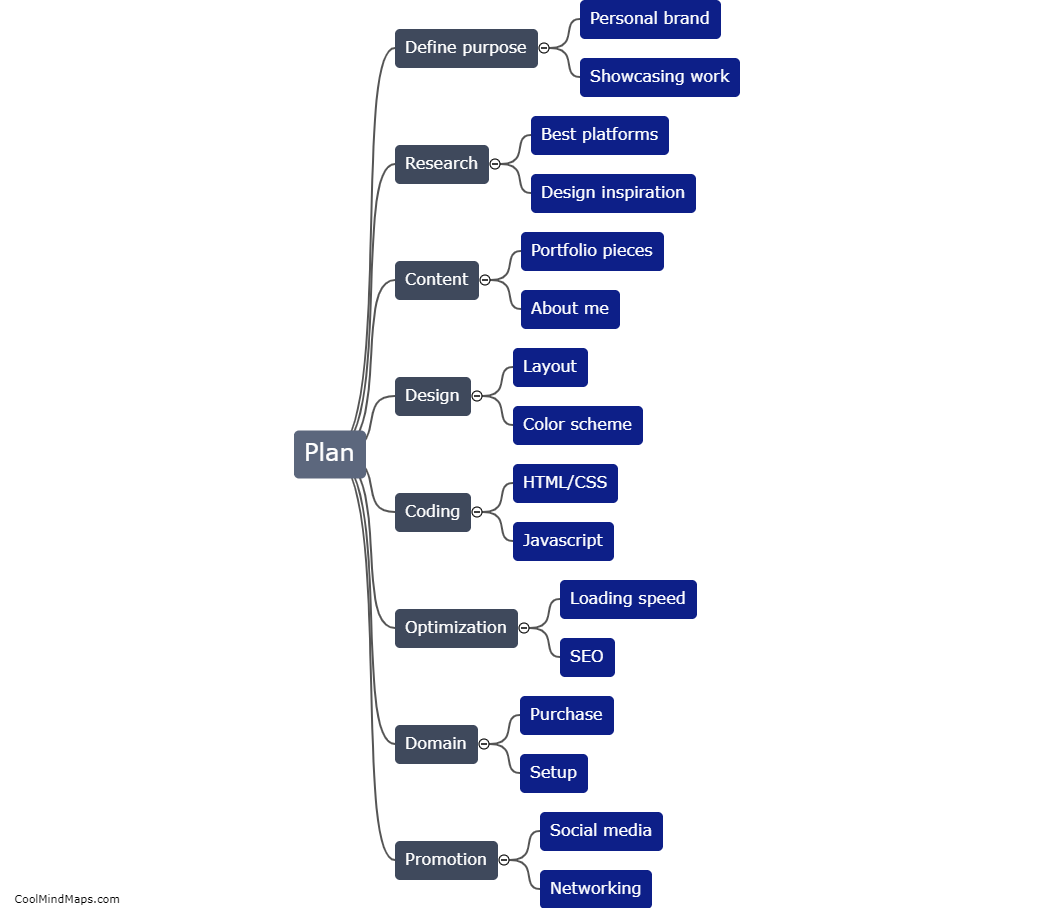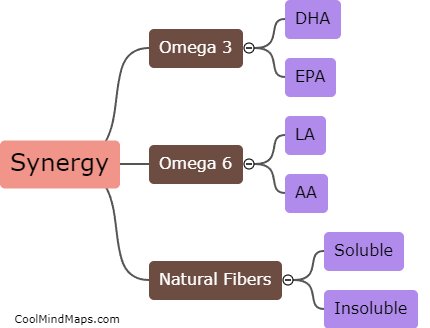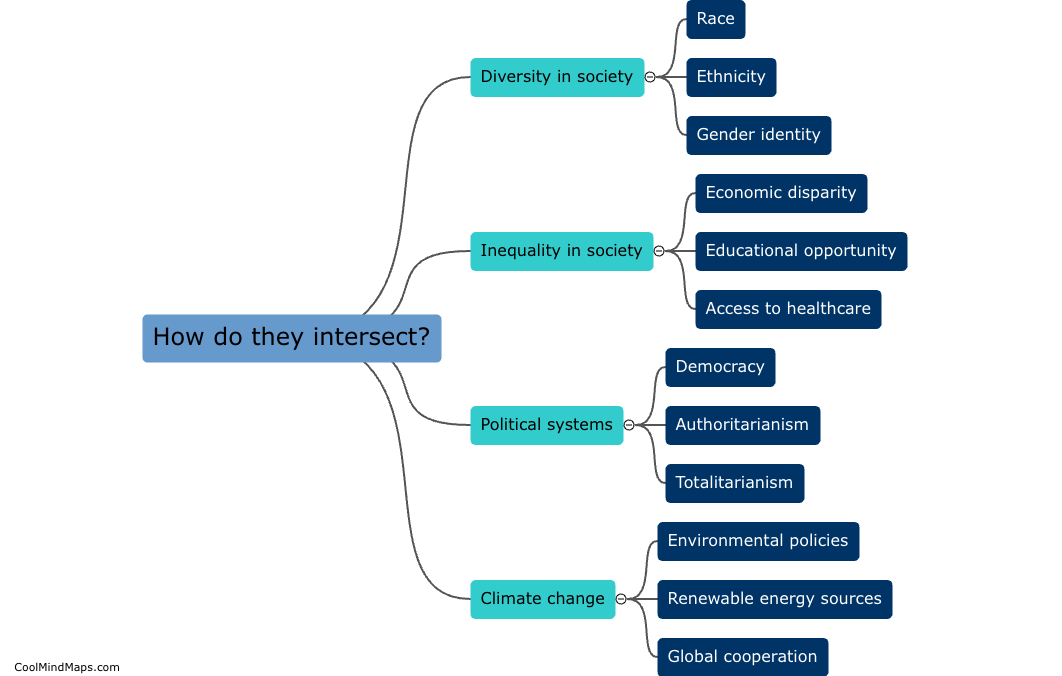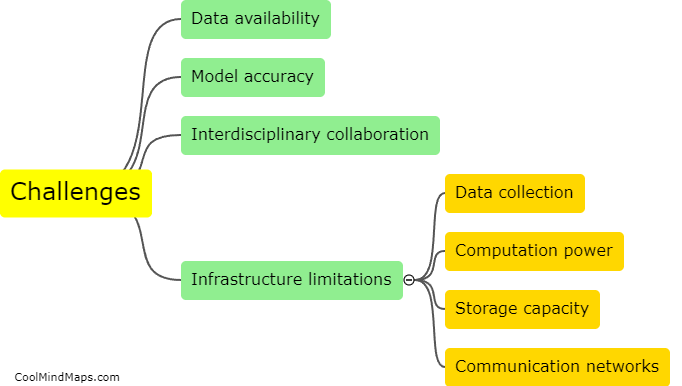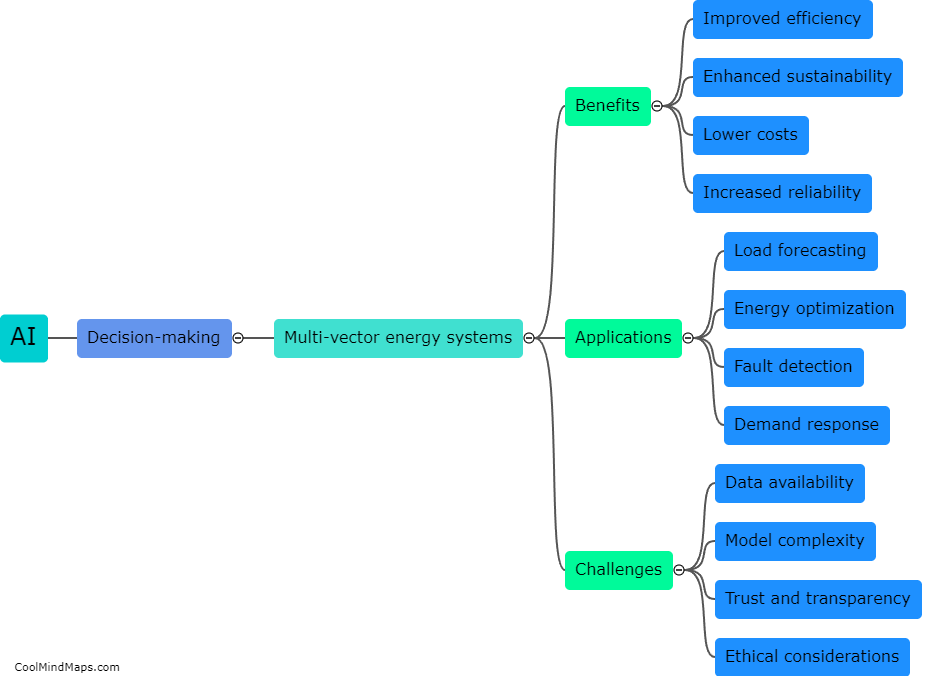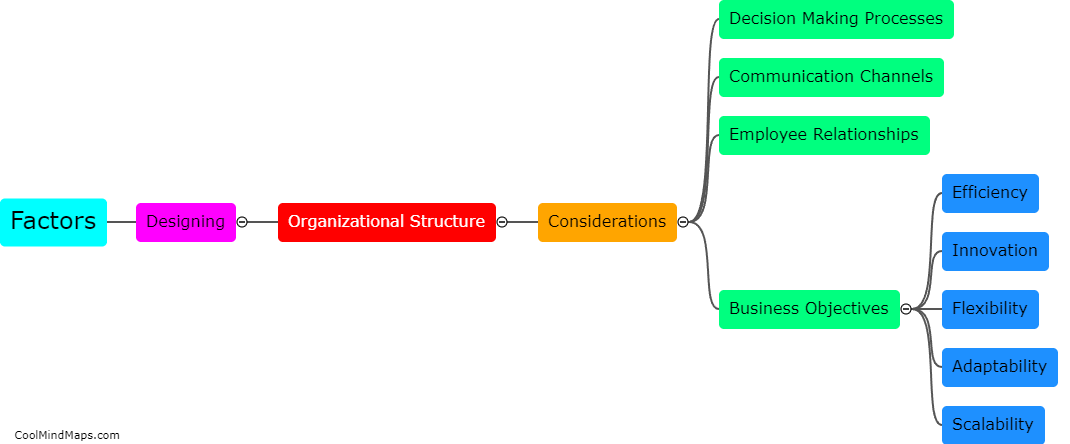What are the advantages and disadvantages of different organizational structures?
Organizational structures refer to the established framework and hierarchy within an organization, determining how the various roles, responsibilities, and tasks are divided, coordinated, and controlled. Different structures, such as functional, divisional, matrix, and flat, pose distinct advantages and disadvantages. Functional structures offer specialization, efficiency, and clear career paths but may foster departmental silos. Divisional structures promote flexibility, customer focus, and innovation but may lead to duplication and coordination challenges. Matrix structures enable interdisciplinary collaboration, resource optimization, and balanced decision-making but can cause role confusion and power struggles. Flat structures encourage employee empowerment, quick decision-making, and open communication but may strain managerial control and coordination. Ultimately, the choice of organizational structure depends on the specific needs, culture, size, and goals of the organization.
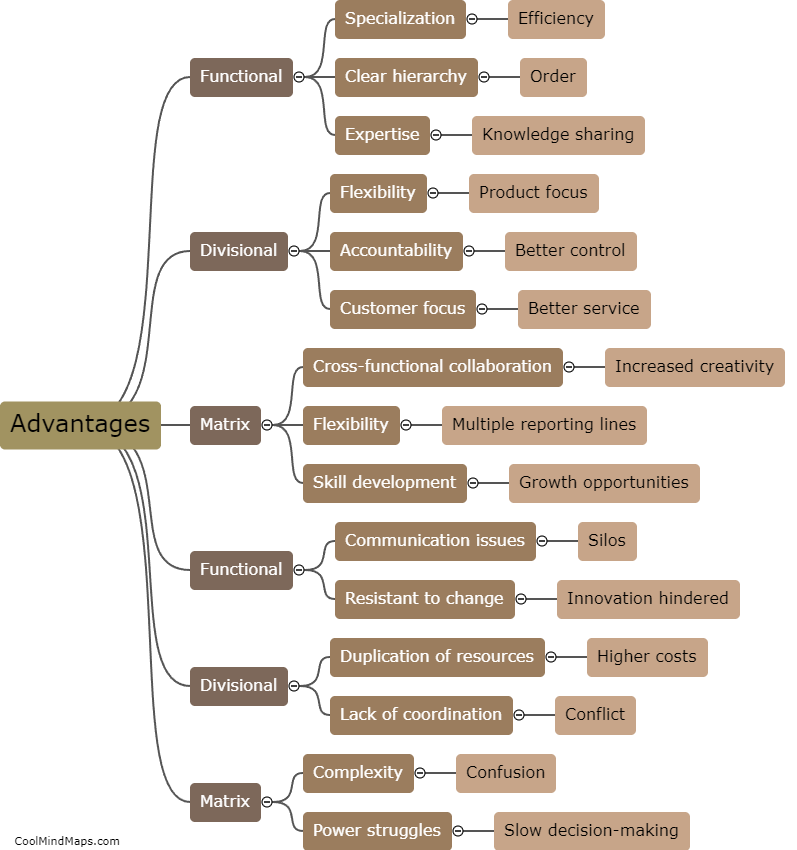
This mind map was published on 17 October 2023 and has been viewed 176 times.
